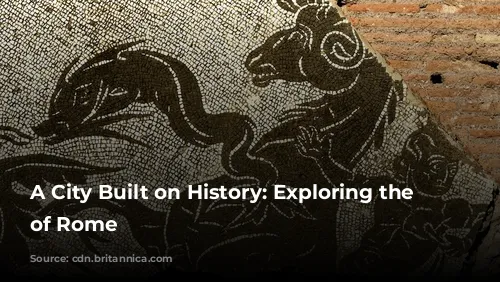Rome, a city steeped in history, stands as a testament to the passage of time. Its origins lie in the ancient Campagna, a region that was one of the last areas in central Italy to be settled in antiquity. The city’s foundation was laid on Palatine Hill, one of seven hills that formed the core of ancient Rome.
Palatine Hill, a strategic location, offered a commanding view of the Tiber River. Its natural defenses and a conveniently located island in the river allowed for easy access across the Tiber. As Rome grew, it spread out, encompassing the remaining six hills: the Capitoline, Quirinal, Viminal, Esquiline, Caelian, and Aventine. Each hill played a significant role in shaping the city’s destiny.
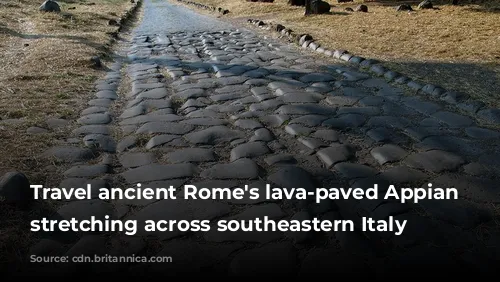
A City of Seasons and Winds
Rome’s climate is characterized by distinct seasons, each with its unique characteristics. The summers are typically hot and dry, with temperatures often exceeding 75°F (24°C). However, afternoon breezes known as the “ponentino,” originating from the Tyrrhenian Sea, provide a welcome respite from the heat. Rainfall is moderate, with the highest amounts occurring in spring and autumn. Winter, while generally mild, can bring frosts and occasional light snowfalls. The “tramontana,” a cold, dry wind blowing from the north, is a familiar visitor during the winter months.
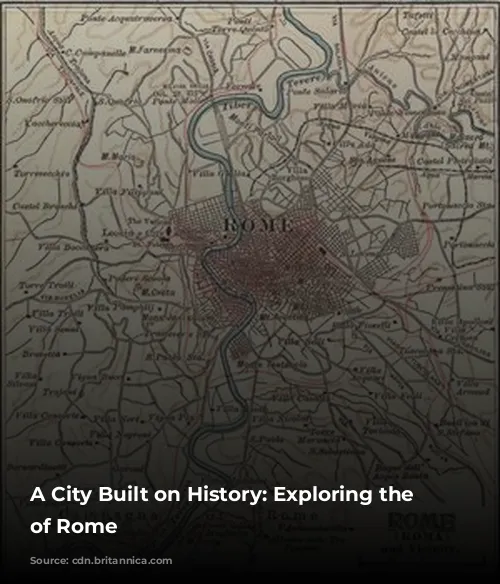
From Ancient Districts to Modern Suburbs
The heart of ancient Rome is divided into 22 “rioni,” or districts. These neighborhoods, many named after their classical origins, form the city’s historical center. Surrounding this core are 35 “quartieri urbani,” or urban sectors, which were incorporated into the city after 1911. Beyond the city limits, on the western and northwestern edges, lie six expansive “suburbi,” or suburbs.
A vast belt highway, located approximately 6 miles (10 km) from the city center, encircles the capital. This highway connects the ancient “viae,” or roads, that once led to Rome, including the renowned Appian Way, the Via Aurelia, and the Via Flaminia. While the city center retains its historical charm, the outer districts are characterized by modern apartment buildings, a stark contrast to the ancient architecture within the city walls.
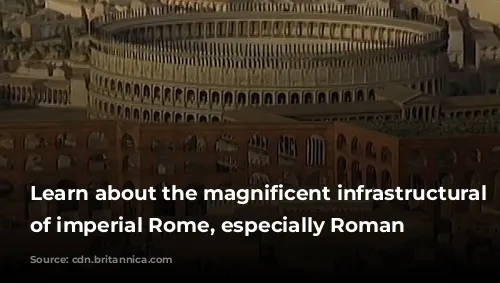
Layers of History Encased in Walls
The ancient city walls still encircle much of Rome’s historic center, a testament to its enduring past. The Servian Wall, named after the 6th-century-bce Roman king Servius Tullius, was built around 388 bce, following the Gauls’ destruction of the city. This wall, a formidable defense, enclosed the Esquiline and Caelian hills and all of the other five.
Rome’s growth eventually outstripped the Servian Wall’s boundaries. It wasn’t until the 3rd century ce that Emperor Aurelian undertook the construction of a new wall, the Aurelian Wall. This massive structure, built of brick-faced concrete, spanned approximately 12.5 miles (20 km), encircling an area of roughly 4 square miles (10 square km). The Aurelian Wall, still largely intact, stands as a powerful reminder of the city’s resilience.
This ancient core, though relatively small, is packed with history and life. Within its boundaries lie hundreds of hotels, over 200 palazzi, several of the city’s major parks, the Italian president’s residence, the Houses of Parliament, government offices, and iconic historical monuments. Thousands of offices, restaurants, and bars further contribute to the city’s vibrant atmosphere.
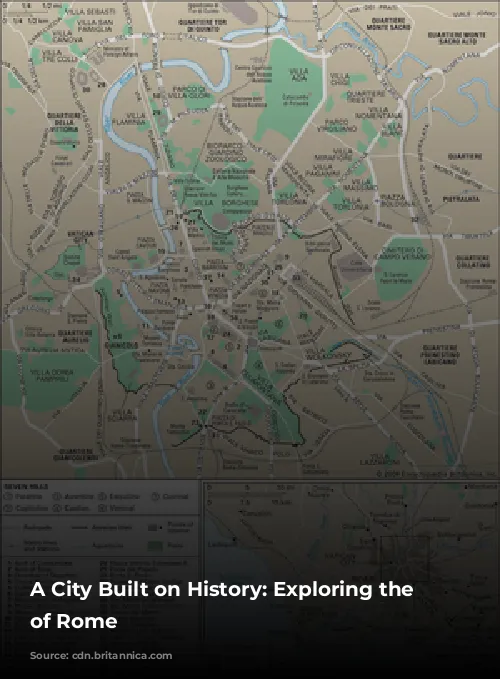
A Legacy Shaped by Time and Trauma
Rome’s history is not without its share of hardship. The city has been sacked by the Gauls, Visigoths, Vandals, Normans, and even troops of the Holy Roman Emperor Charles V. Muslims laid siege to the city in 846, and fires, including the Great Fire of Rome in 64 ce, have repeatedly ravaged its structures. Earthquakes have also left their mark on the city over the centuries.
However, it was the stripping of ancient structures for building materials, particularly between the 9th and 16th centuries, that inflicted the most significant damage on Classical Rome. Despite these setbacks, Rome’s heritage remains unparalleled in the West. Its history, etched in every stone and cobblestone, invites exploration and invites us to marvel at its enduring spirit.
